Crystals & Gemstones | Identification, Meanings & Properties
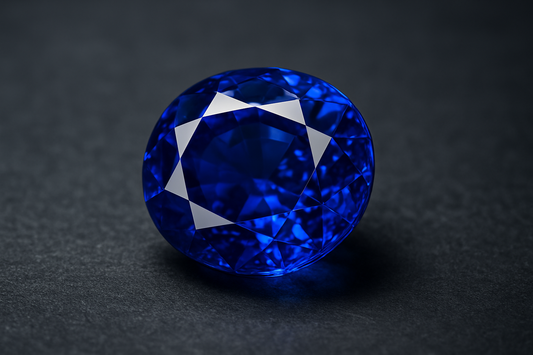
Sapphires | Properties & Value
Sapphires are corundum gemstones valued for their durability, vivid colors, rich history, and modern technological uses.
Sapphires | Properties & Value
Sapphires are corundum gemstones valued for their durability, vivid colors, rich history, and modern technological uses.
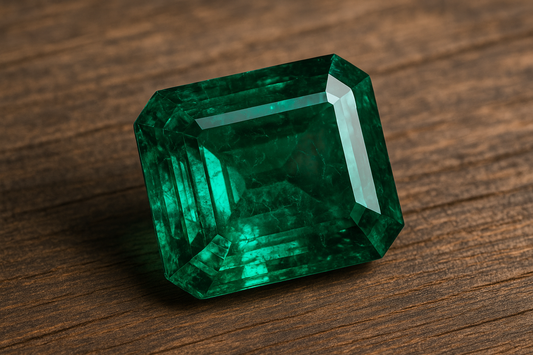
Emeralds | History, Properties & Value
Emeralds are rare green beryl prized for their history, symbolism, and value, with Colombia, Zambia, and Brazil as leading sources.
Emeralds | History, Properties & Value
Emeralds are rare green beryl prized for their history, symbolism, and value, with Colombia, Zambia, and Brazil as leading sources.
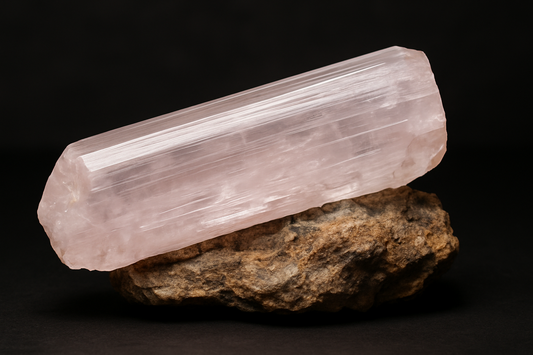
Spodumene | Formation, Properties, and Uses
Spodumene is a lithium aluminum inosilicate mineral with the formula LiAl(SiO₃)₂. It occurs in lithium-rich pegmatites and is best known for its gem varieties kunzite, hiddenite, and triphane.
Spodumene | Formation, Properties, and Uses
Spodumene is a lithium aluminum inosilicate mineral with the formula LiAl(SiO₃)₂. It occurs in lithium-rich pegmatites and is best known for its gem varieties kunzite, hiddenite, and triphane.
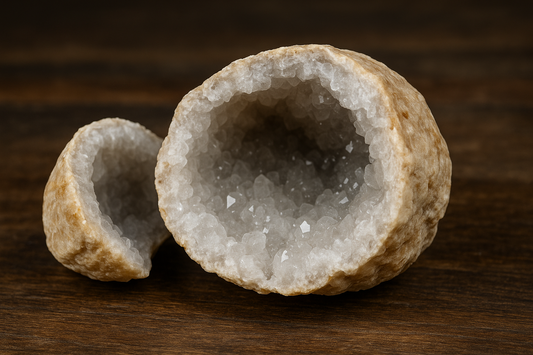
Geodes | Formation, Properties, and Uses
Geodes, scientifically known as geode nodules, have fascinated humans for centuries with their unassuming outer shells and dazzling crystal interiors.
Geodes | Formation, Properties, and Uses
Geodes, scientifically known as geode nodules, have fascinated humans for centuries with their unassuming outer shells and dazzling crystal interiors.
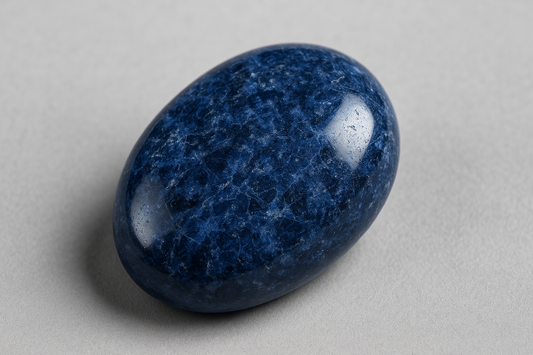
Dumortierite | Properties, History, and Uses
Dumortierite, scientifically known as dumortierite quartz (chemical formula Al₇BO₃(SiO₄)₃O₃), was first discovered in 1881 by French paleontologist Eugène Dumortier, for whom it was named.
Dumortierite | Properties, History, and Uses
Dumortierite, scientifically known as dumortierite quartz (chemical formula Al₇BO₃(SiO₄)₃O₃), was first discovered in 1881 by French paleontologist Eugène Dumortier, for whom it was named.
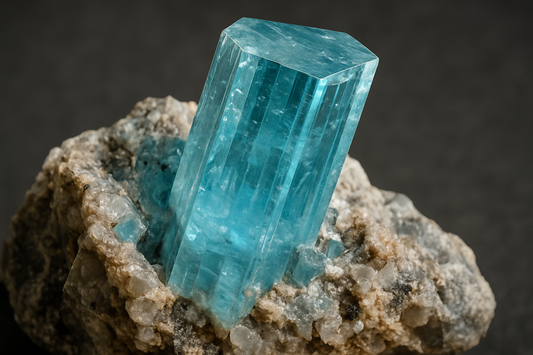
Aquamarine | Properties, Meaning, and Uses
Aquamarine, scientifically recognized as a blue to greenish-blue variety of beryl (Be₃Al₂Si₆O₁₈), has fascinated civilizations for millennia with its tranquil hues reminiscent of the sea.
Aquamarine | Properties, Meaning, and Uses
Aquamarine, scientifically recognized as a blue to greenish-blue variety of beryl (Be₃Al₂Si₆O₁₈), has fascinated civilizations for millennia with its tranquil hues reminiscent of the sea.
